How to Unclog Shower Drain: Step-by-Step Guide
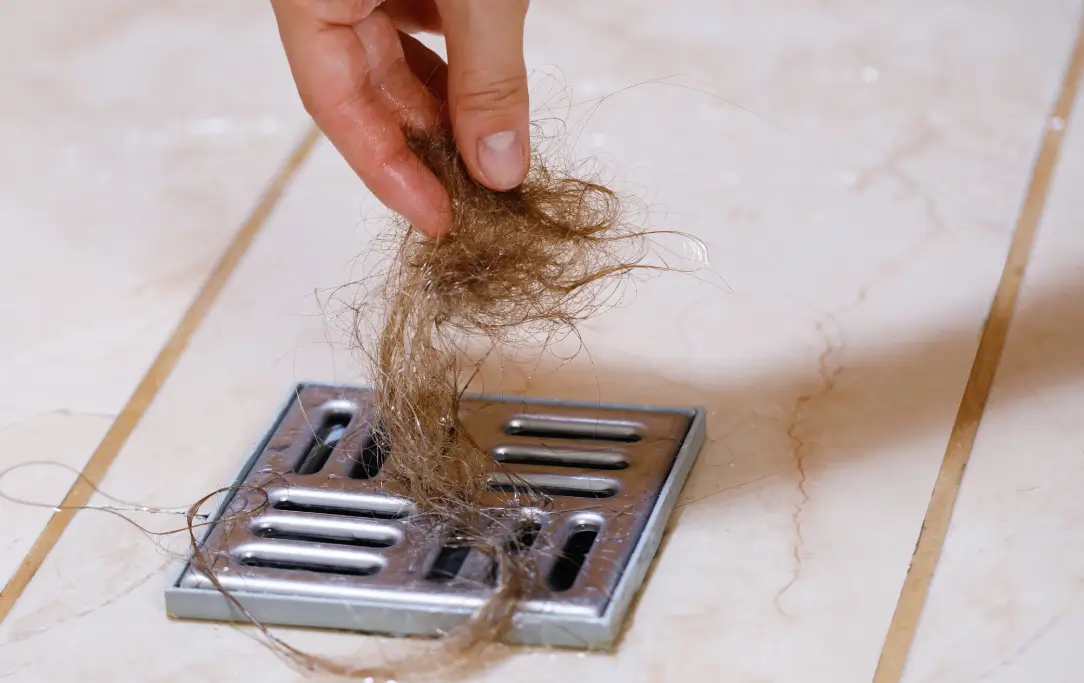
A clogged shower drain is a typical household problem that can disturb your daily routine and cause standing water, vulgar aromas, and even plumbing damage if not treated immediately. Luckily, unclogging your shower drain does not need to be a complex operation. In this comprehensive article, we’ll show you how to unclog shower drain step by step, using DIY and expert solutions. By the conclusion, you’ll understand how to address this issue and keep your drains running smoothly and efficiently.
Why Do Shower Drains Get Clogged?
Before we get into the treatments, we must understand the common causes of clogged shower drains. Understanding the causes can help you avoid future obstacles. Here are some typical reasons:
Hair Build-Up
Hair is the primary cause of clogged shower drains. It quickly bonds to soap scum and other debris, resulting in firm clogs.
Soap Scum
Traditional soaps contain fats and oils, which can accumulate in the pipes and leave a sticky residue.
Hard Water Deposits
Minerals in hard water can pile up over time, narrowing pipes and causing blockages.
Unfamiliar Objects
Shampoo caps, razor covers, and small toys may accidentally fall down the drain.
Dirt and Grease
Mud, grease, and oils from your body or cleaning products can also cause clogged drains.
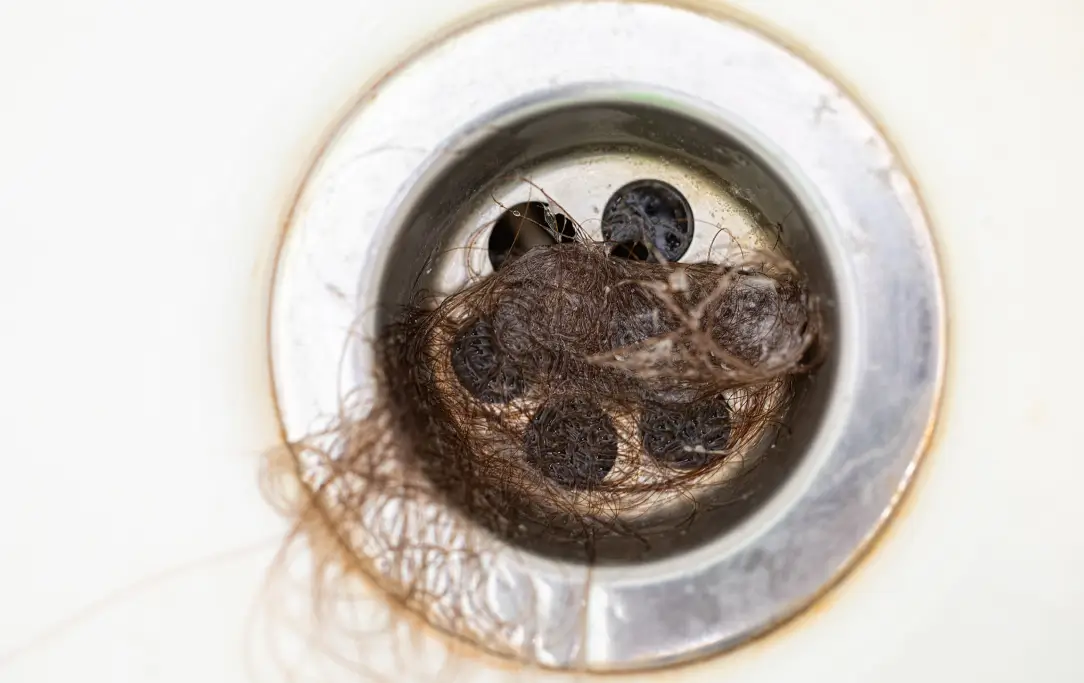
How to Unclog a Shower Drain: Step-by-Step Guide
Learn step-by-step how to unclog a shower drain easily using simple tools and household items.
Gather Your Tools and Supplies
Before you begin, make sure you have the appropriate tools on hand. This includes:
- Rubber gloves
- Drain snake or plumber’s auger
- Plunger
- Baking soda and vinegar
- Boiling water
- Screwdriver (if you need to remove the drain cover)
- A flashlight for visibility
Remove the Drain Cover
Most shower drain covers can be removed or snooped off. Remove the cover with care, using a screwdriver or pliers. Inspect the area for any specious hair or debris.
Try Manual Removal
If you see any hair or other material near the surface, use your fingers or tweezers to remove it. Wear rubber gloves to ensure hygiene and safety.
Use Boiling Water
Boiling water can help dissolve soap scum and grease, which could be contributing to the clog. Slowly pour a kettle of boiling water down the drain and wait a few minutes to see if the blockage dissolves.
Try Baking Soda and Vinegar
If your shower drain is clogged with hair, this natural drain unclogger and chemical-free procedure helps to get hair out of drain:
- Pour 1/2 cup of baking soda down the drain.
- Follow it with 1/2 cup of white vinegar.
- Let the mixture sit for 15-20 minutes.
- Wash with boiling water.
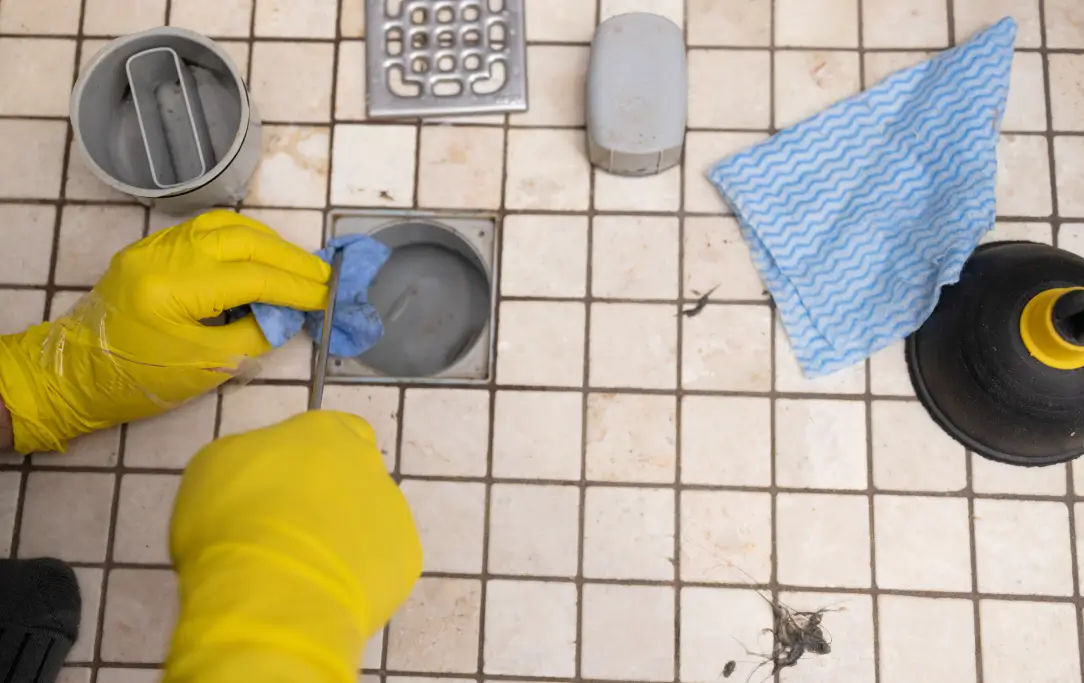
Use a Plunger
If the clog remains, consider using a plunger.
- Fill the shower with enough water to cover the base of the plunger.
- Position the plunger over the drain and pump forcefully for 15-20 seconds.
- Lift the plunger to check if the water is draining correctly. Repeat if necessary.
Arrange a Drain Snake or Auger
A drain snake or plumber’s auger is a solid solution for deeper clogs.
- Insert the snake into the drain until you feel resistance.
- Rotate the handle to break up the clog.
- Slowly pull the snake out, bringing debris with it.
- Flush the drain with hot water to ensure it’s clear.
Use a Commercial Drain Cleaner (With Caution)
Chemical drain cleaners are helpful but should be used rarely because they can damage pipes over time.
- Follow the manufacturer’s instructions carefully.
- Allow the cleaner to sit for the recommended time.
- Wash thoroughly with hot water.
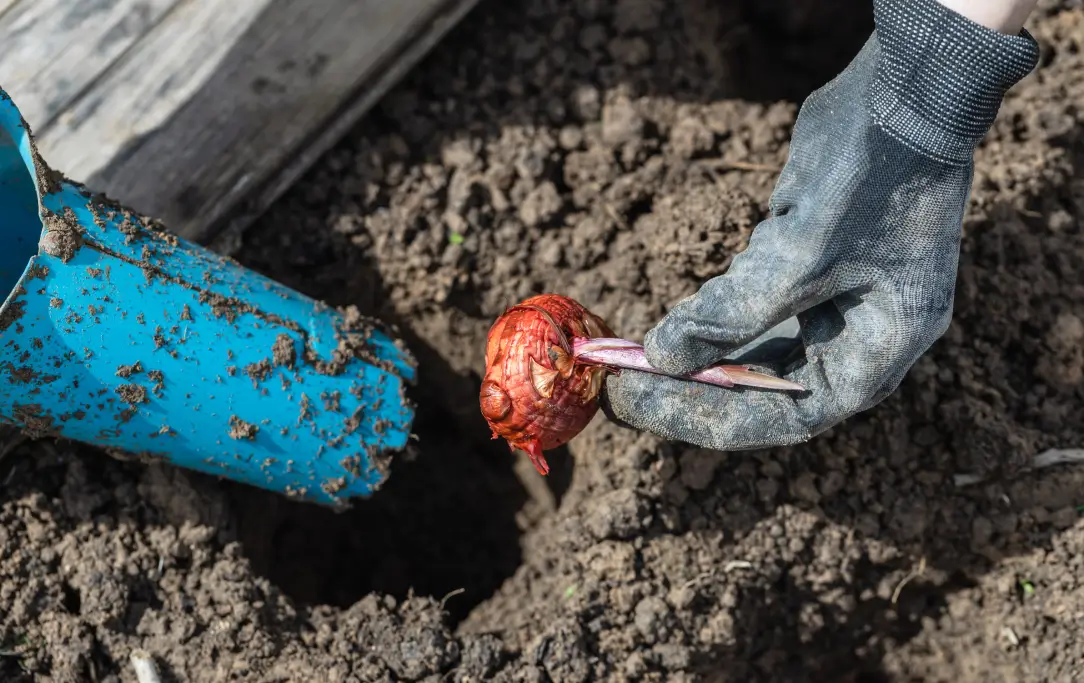
Call a Professional Plumber
If everything else fails, it’s time to hire a professional. A plumber has the specialized kit and skills to clear hard clogs without damaging your plumbing system.
Preventing Future Clogs
It is always better to prevent than to cure. Here are some techniques to keep your shower drain unclogged.
- Use a Drain Cover: Install a drain cover or hair catcher to catch hair and debris before it enters the drain.
- Clean Regularly: Clean the drain cover regularly, removing hair and debris after each shower.
- Flush with Hot Water: Pour hot water down the drain once a week to avoid soap scum and oil buildup.
- Avoid Dumping Problematic Substances: Avoid putting oils, grease, and big debris down the drain.
- Perform Periodic Maintenance: To keep your pipes clean, use baking soda and vinegar every month.
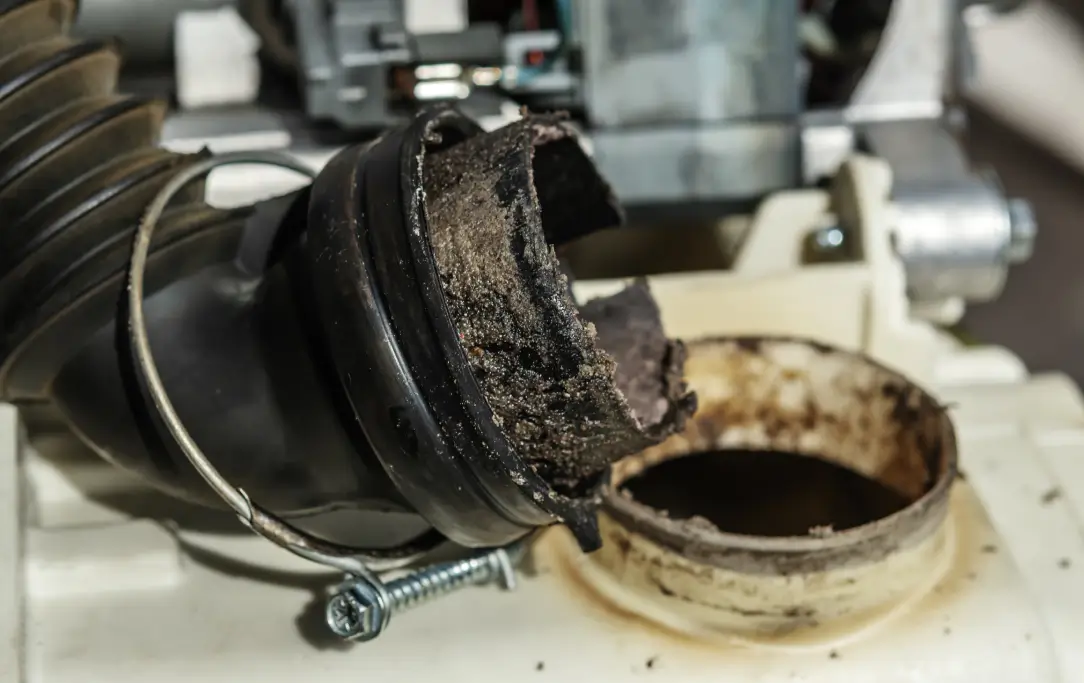
FAQs
Why does my shower drain smell?
Shower drain smells like sewer often caused by the accumulation of soap scum, hair, and grime, which may lead to bacterial development and bad smells. It could also be the result of standing water in the drain or a clogged trap, preventing appropriate drainage and airflow. If your shower drain smells but is not clogged, it could be due to remaining debris, bacteria accumulation, or a dry P-trap, which emits unpleasant smells.
How to unclog a shower drain with standing water?
Use a plunger to form a seal around the drain and apply steady pressure to remove the blockage, or use a plumber’s snake for harder clogs. If it doesn’t work, pour a baking soda and vinegar solution down the drain, let it stay for 15-20 minutes, and then flush with hot water.
How to get hair out of the drain in the shower?
Use a drain snake or a hair removal tool to remove the hair blocks, or pour a natural drain cleaner hair dissolver baking soda and vinegar mixture down the drain, followed by hot water to dissolve the buildup.
Does drain cleaner dissolve hair?
Yes, many drain cleaners are designed to dissolve hair by breaking down its protein structure, but their effectiveness varies depending on the type of cleaner used (chemical or enzymatic) and the severity of the blockage.
How can I tell if my shower drain is clogged?
Signs of a clogged shower drain include slow draining water, standing water, bad aromas, and crowing sounds from the drain. If neglected, a clogged drain pipe can cause poor draining.
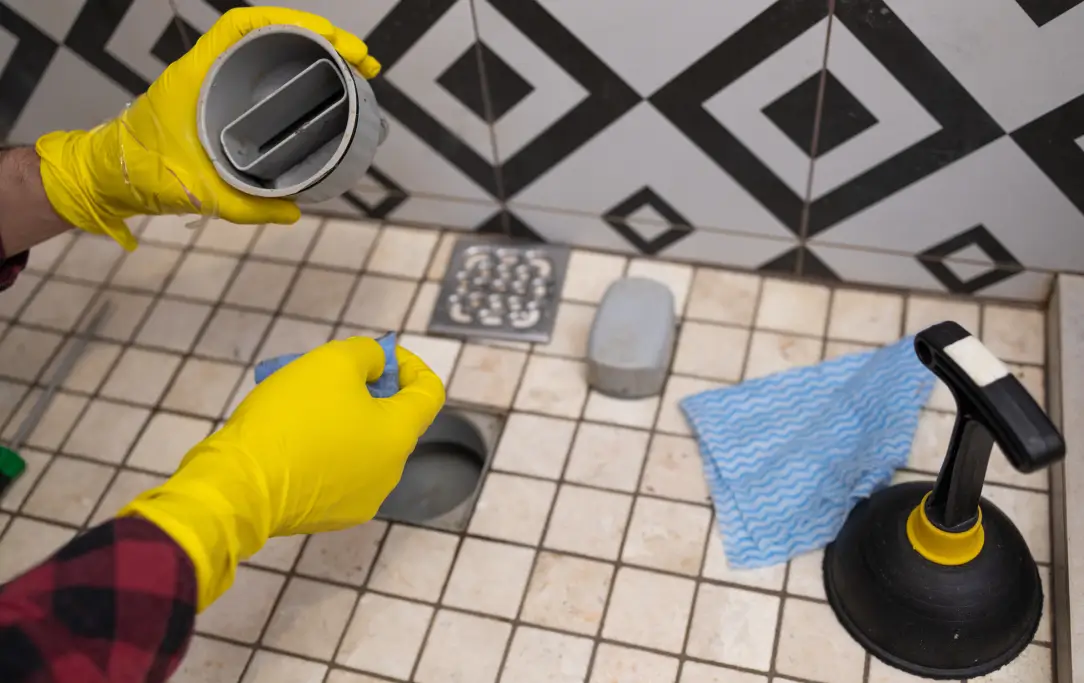
What tool to fix a slow shower drain?
A plunger can be used to clear minor blockages, a drain snake to clear major clogs, or a mixture of baking soda and vinegar followed by hot water to dissolve deposits. For more severe problems, a professional drain unclogger tool or a wet/dry vacuum may be required.
Can I put boiling water down the shower drain?
Yes, you can put boiling water down a shower drain to help clear minor clogs caused by soap scum or grease, but do not do so if your pipes are built of PVC, as high temperatures can cause damage.
What should I do if boiling water doesn’t work?
If boiling water does not remove the clog, try a baking soda, vinegar solution, plunger, or drain snake for more stubborn blockages.
How to clean a shower drain pipe?
For cleaning the shower drain pipe, first remove any visible debris, then use a drain snake or baking soda and vinegar to break down buildup, and flush with hot water to keep it clear.
How often should I clean my shower drain?
Clean your shower drain weekly by removing hair and debris and flushing it with hot water. For a more thorough cleaning, use baking soda and vinegar monthly.
Are chemical drain cleaners safe to use?
Chemical drain cleaners are helpful but should be used rarely because they can damage pipes over time. Choose eco-friendly or natural solutions whenever possible.
When should I call a plumber?
Call a plumber if the clog remains despite your efforts or if you expect a more serious plumbing problem, such as a broken pipe.
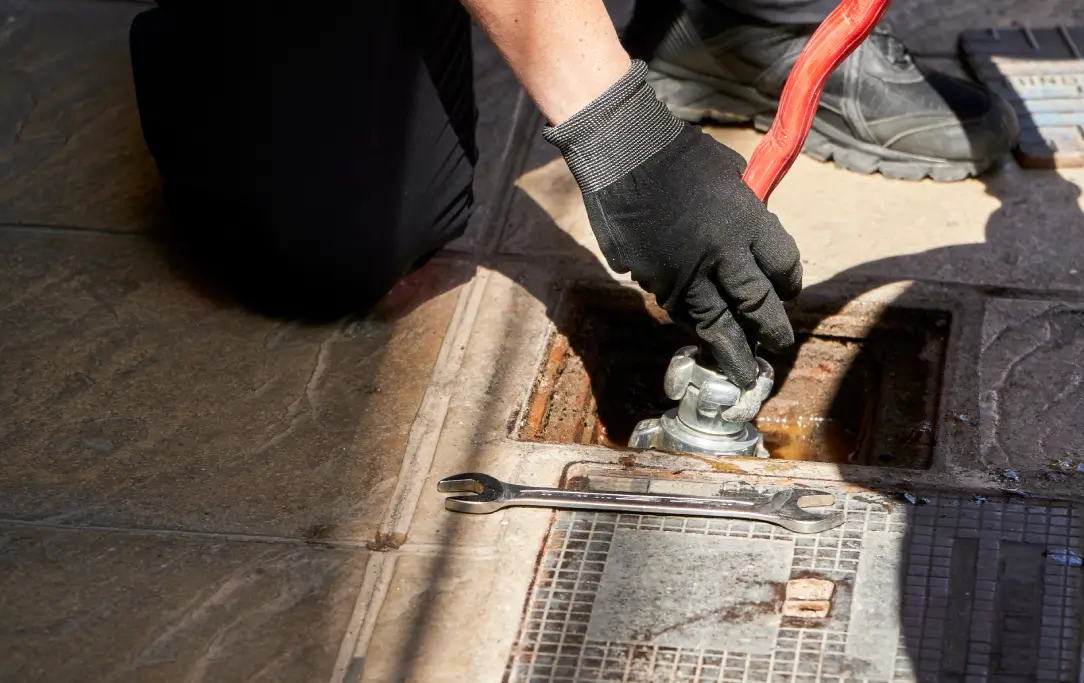
How much to snake a drain?
The cost to snake a drain normally between $100 and $300, depending on the complexity of the clog, the location of the drain, and the plumber’s costs. However, drain cleaning cost may vary depending on your location and the complexity of the project.
Final Words
By following this step-by-step approach, you can save time and money while keeping your shower drain in good shape. Regular maintenance and preventive actions will keep your drains clog-free and functional for years.




